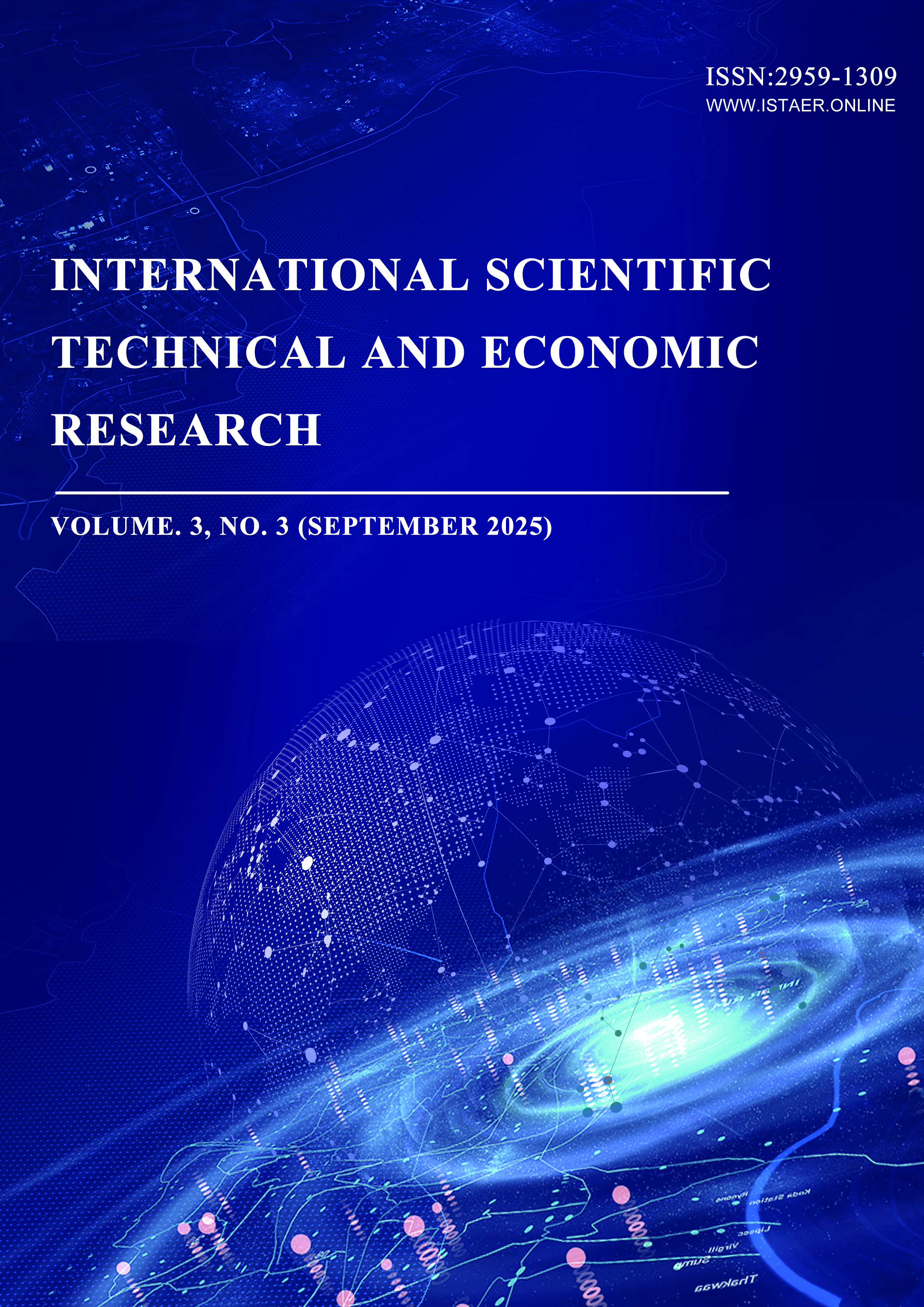Human Failure Analysis and Fault-Tolerant Interaction Design of Deep-Sea Exploration Robots
DOI:
https://doi.org/10.71451/ISTAER2541Keywords:
Deep-sea exploration robots; Human error; Fault-tolerant design; Human-computer interaction; Digital twin; Multimodal feedbackAbstract
Human-induced failures in deep-sea exploration robots are a key factor affecting the safety and reliability of deep-sea operations. This study systematically analyzes the mechanisms and influencing factors of human-induced failures in the extreme deep-sea environment and proposes a multi-layered fault-tolerant interaction design approach. By constructing a three-dimensional human-induced failure classification model, the authors reveal the coupled relationship between environmental pressure, task complexity, and operator cognitive characteristics. The developed layered fault-tolerant architecture provides comprehensive protection, from hardware redundancy to cognitive collaboration. Experimental results show that it can reduce the incidence of typical human-induced failures by 65%-78%. The study innovatively proposes the concept of "predictive fault tolerance," combining digital twins with operational model learning to enable the system to anticipate risks. Dynamic interface optimization and multimodal feedback strategies significantly enhance the operator's situational awareness. The research findings provide a systematic theoretical framework and practical guidance for the design of deep-sea exploration robots, promoting a paradigm shift from a "machine-centric" approach to a "human-machine collaborative" approach, and are of significant significance for improving the safety and efficiency of deep-sea operations.
References
[1] Ghaffar, A., Rahman, M. Z. U., Leiva, V., Castro, C., & Martin-Barreiro, C. (2025). Multi-factor optimization and failure-tolerant design of cable-driven parallel manipulators in deep-sea robotics. IEEE Access. DOI: https://doi.org/10.1109/ACCESS.2025.3561041
[2] Zhu, D., Cheng, X., Yang, L., Chen, Y., & Yang, S. X. (2021). Information fusion fault diagnosis method for deep-sea human occupied vehicle thruster based on deep belief network. IEEE Transactions on Cybernetics, 52(9), 9414-9427. DOI: https://doi.org/10.1109/TCYB.2021.3055770
[3] Abdullah, A., Blow, D., Chen, R., Uthai, T., Du, E. J., & Islam, M. J. (2024). Human-machine interfaces for subsea telerobotics: From soda-straw to natural language interactions. arXiv preprint arXiv:2412.01753.
[4] Chen, Y., Niu, Q., Liu, Z., Huang, B., Xie, T., Zhong, L., ... & Wang, Z. (2025). Failure Modes and Reliability Analysis of Autonomous Underwater Vehicles–A Review. Journal of Marine Science and Application, 1-25. DOI: https://doi.org/10.1007/s11804-025-00627-2
[5] Abrar, K. T. (2025). Leviathan: A Bio-Inspired, CorTexManus-Driven Marine AGI Architecture for Resilient, Long-Term Deep-Sea Exploration. Authorea Preprints. DOI: https://doi.org/10.22541/au.175407961.15590722/v1
[6] Yao, J., Zhang, H., Zhang, W., Xu, Y., & Zhao, Y. (2016). Fault-tolerant parallel six-component force sensor. Meccanica, 51(7), 1639-1651. DOI: https://doi.org/10.1007/s11012-015-0299-5
[7] Li, L., Zhang, L., Lu, Z., & Yang, C. (2025). Neuro‐Observer Based Adaptive Fixed‐Time Fault‐Tolerant Control for Uncertain Teleoperation System With Input Saturation and Asymmetric Time‐Varying Output Constraints. International Journal of Robust and Nonlinear Control, 35(11), 4536-4553. DOI: https://doi.org/10.1002/rnc.7920
[8] Liu, A., Zhang, W., Yue, D., Chen, C., & Shi, J. (2025). Bipartite Fault-Tolerant Consensus Control for Multi-Agent Systems with a Leader of Unknown Input Under a Signed Digraph. Sensors, 25(5), 1556. DOI: https://doi.org/10.3390/s25051556
[9] Liu, Y., Wu, J., & Yao, X. (2024). Event-Triggered Adaptive Fault-Tolerant Boundary Control for Flexible Bionic Fish Tail with Output Constraint. IEEE Robotics and Automation Letters, 9(7), 6384-6391. DOI: https://doi.org/10.1109/LRA.2024.3405386
[10] Abdi, H., Nahavandi, S., & Masouleh, M. T. (2010, October). Minimal force jump within human and assistive robot cooperation. In 2010 IEEE/RSJ International Conference on Intelligent Robots and Systems (pp. 2651-2656). IEEE. DOI: https://doi.org/10.1109/IROS.2010.5650149
[11] Roderick, S., Roberts, B., Atkins, E., & Akin, D. (2004). The ranger robotic satellite servicer and its autonomous software-based safety system. IEEE Intelligent Systems, 19(5), 12-19. DOI: https://doi.org/10.1109/MIS.2004.53
Downloads
Published
Issue
Section
License
Copyright (c) 2025 International Scientific Technical and Economic Research

This work is licensed under a Creative Commons Attribution-NonCommercial-NoDerivatives 4.0 International License.
This work is licensed under the Creative Commons Attribution International License (CC BY 4.0).




